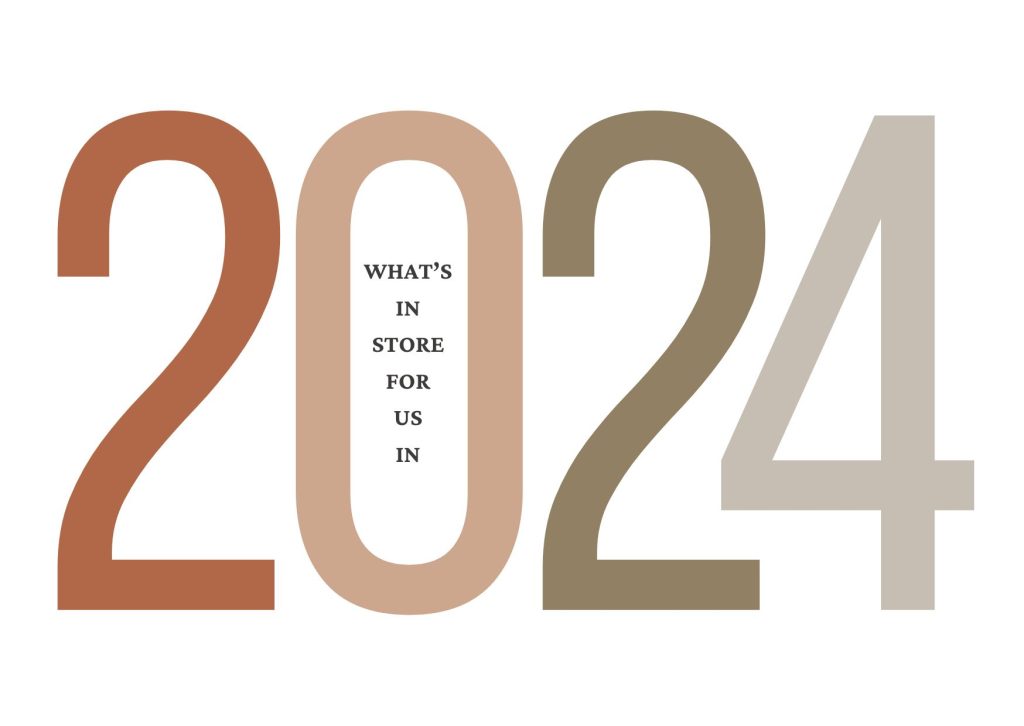This is the time of the year for forecasts. As we are writing this article, an alert pop up on the screen, from ShareCast. It says China’s industrial profits experienced a substantial boost in November, with a double-digit increase of 29.5%, following a much more modest 2.7% rise in October. The surge was primarily fueled by an overall improvement in the manufacturing sector and a notable upswing in industrial output during the same month. Now let’s move on.
A letter from the editor of The World Ahead in the Economist listed 10 trends to watch in 2024, in Tom Standage’s view: elections all over the world, America’s global choice, Europe’s challenge, the Middle East, multipolar disorder, a second cold war, new energy geography, economic uncertainty, AI gets real, and uniting the world.
We turn to financial institutions for more focused observations. The collective forecasts from various financial institutions present a cautiously optimistic but nuanced outlook for China’s economic trajectory. There is a shared acknowledgement of challenges such as a projected slowdown in GDP growth, concerns in the real estate sector, and the need for strategic policy responses. However, opinions differ in terms of emphasis and depth of concern, revealing a complex landscape.
> Key points on China’s economic outlook:
- GDP Growth Forecasts: Asian Development Bank (ADB) reckons China’s economy grew faster than expected in the third quarter, by 4.9% although it is keeping its expectations for 2024 at 4.5%, in line with most other institutions’ forecast for 2023 and 2024 (between 4.5% and 5.0%). There’s a consensus about an expected slowdown from previous years due to various factors like property market downturns, demographic challenges, and shifts in global value chains.
- Policy Responses: There’s an emphasis on the Chinese government’s need for policy responses to address economic challenges. Aggressive fiscal expansion and monetary easing are seen as potential measures to stimulate growth. Opinions diverge on the effectiveness and extent of policy responses required. While most agree that fiscal expansion and monetary easing are potential strategies to stimulate growth, the degree to which these measures can offset challenges like the property market downturn varies.
- Structural Shifts: Institutions highlight China’s shift towards ‘hard tech’ sectors and efforts to balance investment and consumption. This strategic move aims to stimulate industrial migration, boost GDP growth, and address long-term challenges in education, healthcare, and the environment. While all institutions acknowledge China’s shifts towards ‘hard tech’ and efforts to rebalance investment and consumption, the degree to which these changes will influence and reshape the economy varies among them.
- Real Estate Sector Concerns: Several institutions point to challenges within the real estate sector as a significant issue affecting China’s economy. Problems in this sector have broader implications for economic stability and consumer confidence. Some highlight it as a critical issue affecting broader economic stability, emphasizing the crisis among property developers and its impact on consumer confidence. Others mention the sector’s challenges but don’t necessarily view it as the primary driver of economic concerns.
- Debt and Consumption Balance: Views differ on the impact of China’s debt burden on economic policy options. Some suggest that manageable debt levels don’t necessarily constrain policy choices, while others stress the need for a balanced approach between investment and consumption.
- Global Economic Dynamics: External factors such as trade tensions, geopolitical complexities (including Taiwan-related concerns), and global economic conditions are considered crucial in shaping China’s economic trajectory. Some institutions delve deeper into geopolitical complexities, especially regarding Taiwan, as a significant factor influencing market sentiment and global economic conditions.
The institutions referred to included:
BNP Paribas Asset Management; Blackrock; UBS; Goldman Sachs; Barclays; Lazard; Fidelity; JP Morgan
